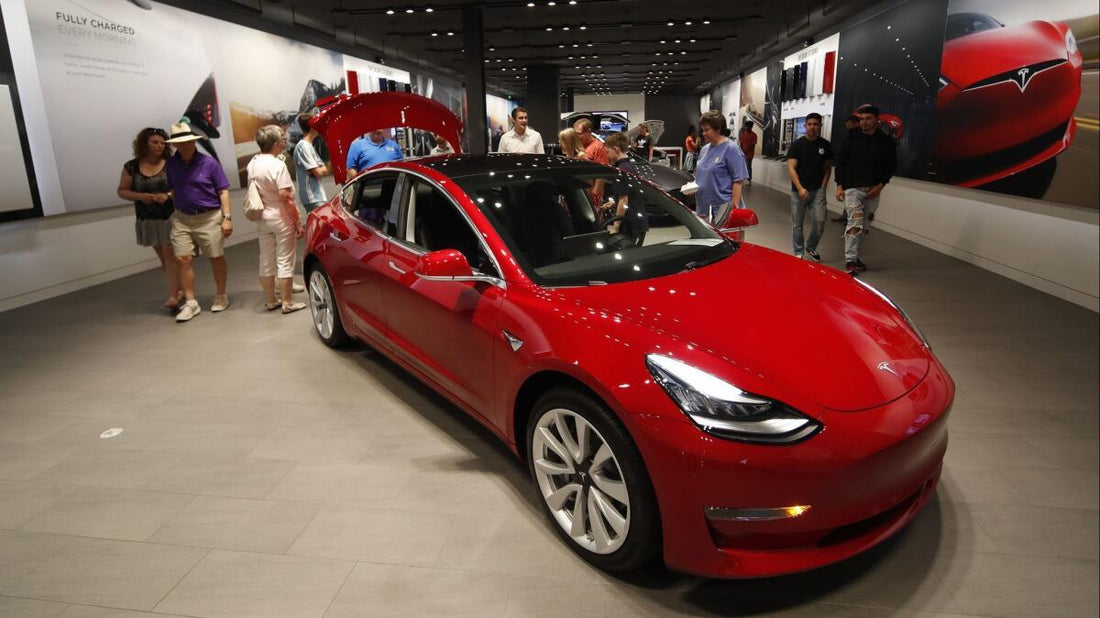Get those EV credits while you still can

Electric vehicle (EV) credits make it possible to drive a luxury vehicle when you otherwise could never afford one. We at Rupiani's don't want you to miss your opportunity! Whether you call them an incentive, a rebate, or simply an EV credit, the opportunity is ripe to ditch your existing vehicle for a luxury EV while you can! These incentives can come in various forms, such as tax credits, rebates, grants, or reduced registration fees. Here’s a rundown of the pros and cons:
Pros:
-
Cost Savings:
- Tax Credits: Federal tax credits can reduce the upfront cost of EVs. For example, in the U.S., the federal tax credit can be up to $7,500.
- State and Local Incentives: Additional incentives at the state or local level can further reduce costs, sometimes offering rebates or grants.
-
Reduced Operating Costs:
- EVs typically have lower operating costs compared to gasoline vehicles, including lower costs for maintenance and fuel (electricity vs. gasoline).
-
Environmental Benefits:
- EVs produce zero tailpipe emissions, which helps reduce air pollution and greenhouse gas emissions.
-
Increased Adoption:
- Incentives can make EVs more affordable, thus encouraging more people to switch from internal combustion engine (ICE) vehicles to electric ones.
-
Enhanced Resale Value:
- Some studies suggest that EVs may have higher resale values due to their popularity and the continued growth in demand.
-
Access to HOV Lanes:
- In some areas, EVs are allowed to use high-occupancy vehicle (HOV) lanes regardless of the number of passengers, reducing commute times.
Cons:
-
Budget Constraints:
- Incentives can strain government budgets, especially if they are not well-planned or if EV adoption increases significantly.
-
Eligibility and Limits:
- Some incentives have limits based on income, vehicle price, or manufacturer caps, which can restrict their availability to certain buyers.
-
Market Impact:
- The removal or reduction of incentives can lead to fluctuations in EV prices and market demand, potentially affecting buyers and manufacturers.
-
Complexity and Confusion:
- The variety of incentives and eligibility criteria across federal, state, and local levels can be confusing for consumers.
-
Upfront Cost:
- Even with incentives, the upfront cost of EVs can still be higher than that of comparable gasoline vehicles, which may deter some buyers.
-
Infrastructure:
- The effectiveness of EV incentives can be limited by the availability of charging infrastructure. In areas with insufficient charging stations, the benefits of owning an EV may be reduced.
In summary, EV credits and incentives play a crucial role in promoting the adoption of electric vehicles by making them more financially accessible and appealing. However, there are challenges associated with these programs, including budget concerns and the need for supportive infrastructure.




